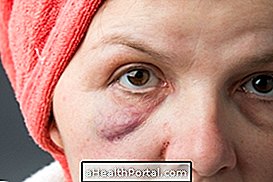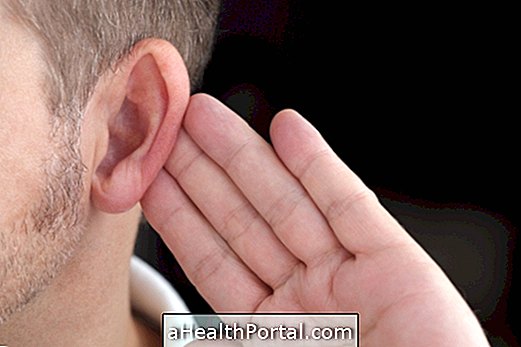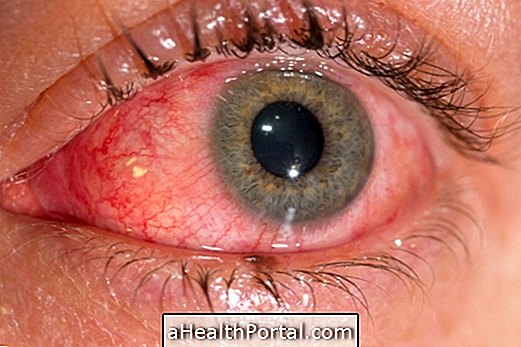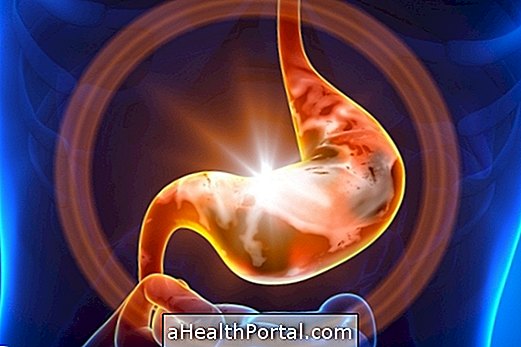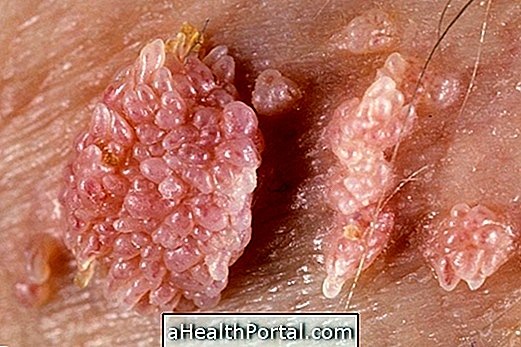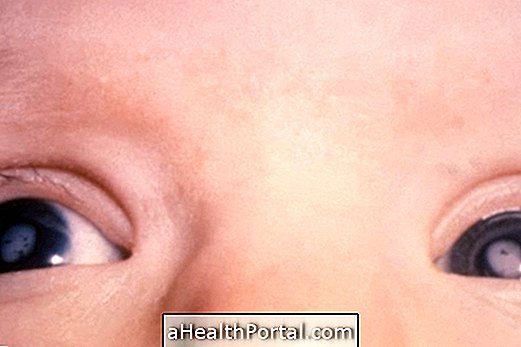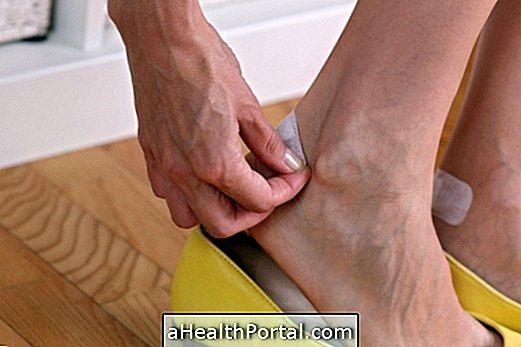Bile sludge, also known as biliary clay or sand in the gall bladder, arises when the gallbladder can not completely empty the bile into the intestine, so the cholesterol and calcium salts build up and leave the bile thicker.
Although bile sludge does not cause serious health problems it can hinder digestion slightly, causing a frequent feeling of poor digestion. In addition, the presence of mud also increases the risk of gallstones.
Most often, slime or bile sands can only be treated with changes in diet, and surgery is only necessary when the gallbladder becomes very inflamed and causes intense symptoms.

Main symptoms
Most often the gall bladder causes no symptoms, being randomly identified during a belly ultrasound. However, it is also possible that symptoms similar to the stone appear in the gallbladder, such as:
- Severe pain on the right side of the belly;
- Nausea and vomiting;
- Feces similar to clay;
- Loss of appetite.
These symptoms are rare because the mud, although it hinders the emptying of the vesicle, does not prevent its functioning and, in this way, it is rare cases in which the vesicle ignites and causes symptoms.
When the mud is not identified and also causes no symptoms, it is very common that the person does not make any kind of change in the diet and therefore may end up developing gall stones, which arise when the mud gets harder over time .
See the major stone symptoms in the gallbladder.
How is the treatment done?
In many cases, no treatment is required for bile sludge, especially if it does not cause any type of symptom. However, as there is a greater risk of developing gallstones, the doctor may advise consulting a dietitian to start a diet low in fat, cholesterol, and salty foods.
See how the diet should be for those with gallbladder problems:

When surgery is needed
Usually it is necessary to operate when the biliary mud is causing intense symptoms or when, during the ultrasound, stones are also identified in the gallbladder. In most cases the surgery is done only as a way to prevent the bile ducts from becoming clogged, causing a serious inflammation of the gallbladder that can be life-threatening.
Possible Causes of Biliary Mud
The mud appears when bile stays in the gallbladder for a long time, and this is more common in people with risk factors such as:
- Diabetes;
- Overweight;
- Very fast weight loss;
- Organ transplantation.
In addition, pregnant women also appear to be at greater risk of having gall in the gallbladder, mainly due to the large changes that the body undergoes during gestation.



